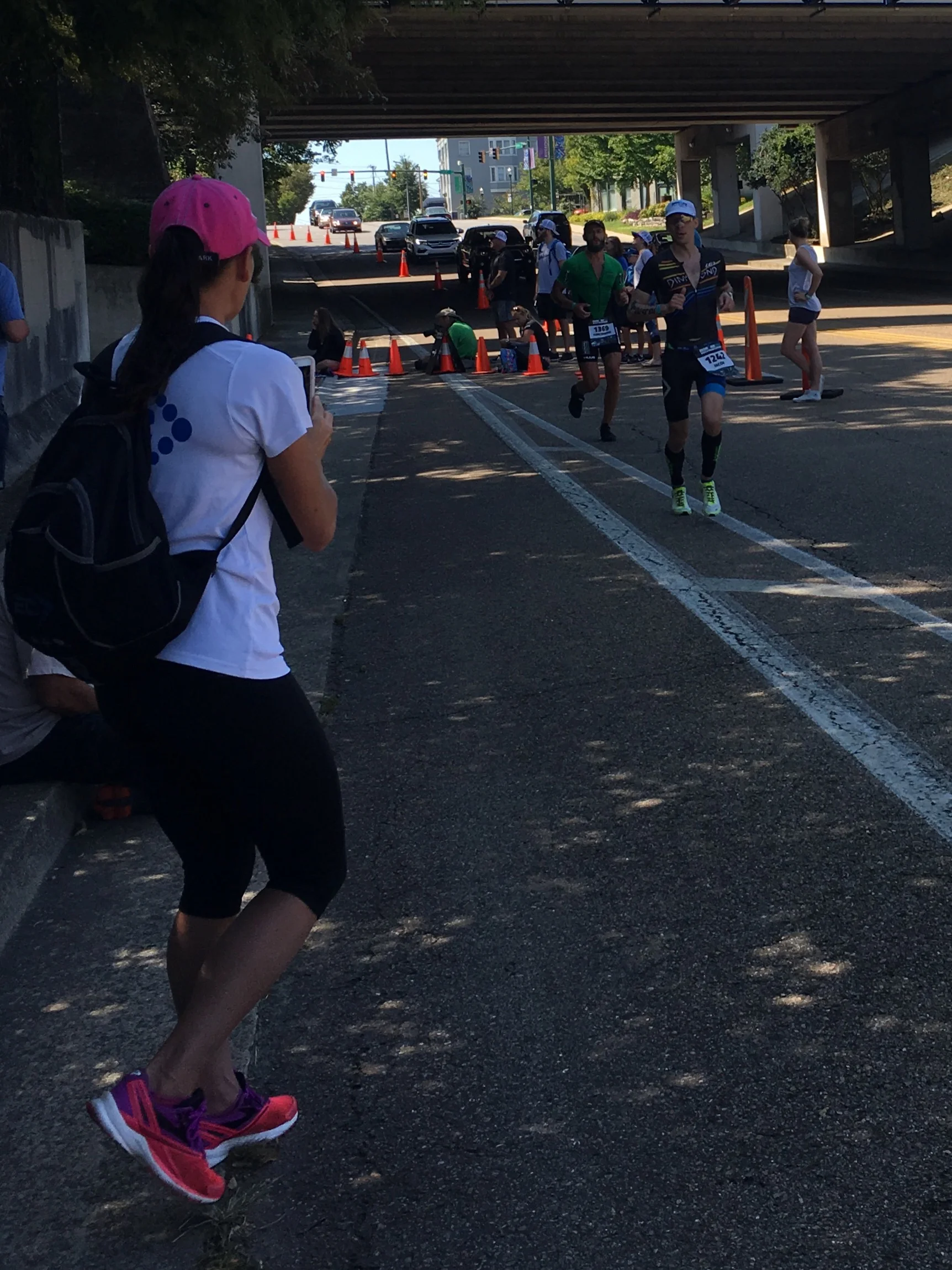Race Execution: The Art of the Taper
This week we are talking about the "oh, so controversial" taper. There are many different ideas and plans for tapering. I’ve heard as extreme as people saying they don’t taper at all, to people who start tapering a month out from key events.
I have watched, listened and tried most different types of tapers over the years. My overall summary leans with my overall beliefs on training: we are all different creatures with different situations and levels of fitness and goals, so therefore many different protocols work or may not work in many different situations.
Looking at each individual specifically is my number one focus when planning a taper, just as you would for their overall program. No set recipe will work for every single person.
Key things I look at are:
- Their build up for the last three to six months
- Their travel schedule
- Their sex (male or female)
- Their age
- Their experience level
- The miles and races in their legs for the total year and past history
- Their current home and work situation
- Their mental status
All of these things play a factor on feeling fit, fresh, and ready to go on their important day.
If you have the discipline and organization, certain things can be an advantage, such as keeping a normal routine, getting extra sleep, keeping your social life way down, staying off your legs when possible, organizing work and family to allow you to rest more, and eating well.
I truly feel the taper can be over-thought. Your goal is to get to the start line feeling excited to go. An example athlete for you:
- Big male
- Volume responder in training
- Many Ironmans experience
- Years of training
- Limited outside life stress
- Intensity is placed carefully in training program (intensity makes big males tired)
- Race will be at high intensity if aiming for fast goal times
- Trains consistently year round
- Gains weight easily — big guy
- Races often
So for a guy like this the idea of starting a taper way out, bringing volume down and intensity up would only leave him feeling flat, out of shape, sore and possibly gaining weight that is not wanted. For an athlete like him, the taper starts the weekend before the event, before that training remains normal.
He still does a very easy ride for three to four hours exactly seven days out. This keeps him tapping the endurance and keeps him ticking over with no soreness or fatigue. During race week he does hardly anything — just enough to keep moving a little every day. His last long run is 10 days out and again, the intensity is extremely low!
For a small female pocket rocket this recipe would leave her tired for her big day. The recipe would need to be extremely different. For a 50+ year old man, again the recipe would need to be different. A person who has been training 12 months for one key event and has only a few triathlons under their belt is, again, different.
So you can see there are many ways to skin the cat with tapering in my mind. Some may agree or may not agree. My main goal always would be to have a solid plan that suits you to get to the start line feeling excited and confident.

